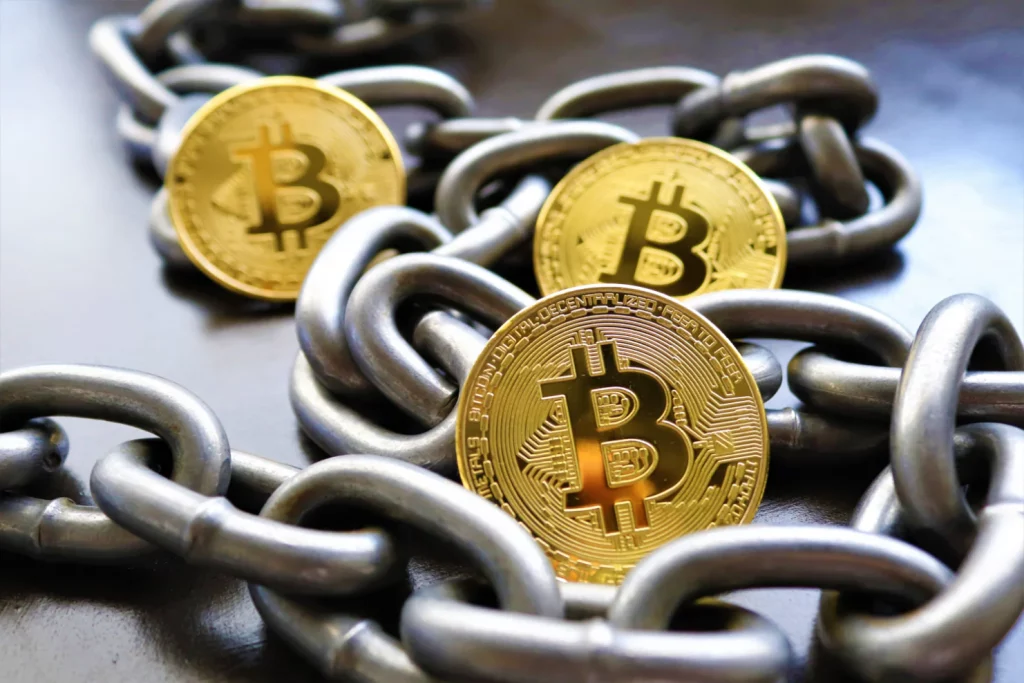Introduction
As blockchain technology matures and integrates into mainstream financial systems, the regulatory landscape surrounding it has grown increasingly complex. Governments and regulatory bodies are striving to balance innovation with oversight—ensuring that blockchain and cryptocurrency enterprises do not become conduits for fraud, money laundering, or systemic risk.
For blockchain companies, this presents a growing challenge. Many operate in a decentralized, borderless environment that doesn’t neatly align with traditional regulatory frameworks. As a result, achieving and maintaining compliance often demands significant resources, legal expertise, and technical adaptation. This article explores the primary challenges that blockchain enterprises face in meeting evolving compliance requirements across jurisdictions.
1. Legal Uncertainty and Regulatory Fragmentation
One of the most fundamental challenges is the lack of consistent, global regulatory standards.
- Different countries define crypto assets differently—some as commodities, others as securities or currencies.
- Within countries, regulatory responsibilities may be split across multiple agencies, each applying different rules (e.g., the SEC, CFTC, and FinCEN in the U.S.).
- Laws often change rapidly and without clear guidance, forcing businesses to constantly adapt or face enforcement risks.
For global blockchain projects, this results in a fragmented compliance burden, requiring them to navigate multiple, sometimes conflicting, legal systems.
2. Know Your Customer (KYC) and Anti-Money Laundering (AML) Compliance
Most jurisdictions require blockchain companies—particularly exchanges, wallet providers, and DeFi platforms—to implement robust KYC and AML procedures.
Challenges include:
- Identifying pseudonymous users in a decentralized system
- Ensuring that user identity data is securely stored and compliant with data protection laws such as GDPR
- Handling cross-border transactions that may fall under the scrutiny of multiple regulators
Decentralized projects, especially in DeFi, face a philosophical and technical dilemma: how to enforce KYC without compromising user anonymity or decentralization principles.
3. Token Classification and Securities Laws
Determining whether a digital asset qualifies as a security, utility token, or commodity is one of the most contentious and complex legal issues in blockchain.
- If classified as a security, the token and its issuer may need to comply with extensive securities regulations, including registration, disclosures, and restrictions on resale.
- The lack of clear legal definitions means many projects are unsure of their obligations until challenged by regulators.
- Projects risk regulatory enforcement or forced shutdowns if they misclassify their tokens or fail to comply with offering regulations.
This uncertainty discourages innovation and creates legal exposure for both startups and investors.
4. Data Privacy and User Rights
Blockchain’s transparent and immutable nature conflicts with global privacy laws such as the General Data Protection Regulation (GDPR) in the European Union.
- GDPR grants users the “right to be forgotten,” which clashes with the permanent, unalterable nature of blockchain records.
- Storing personal data on-chain raises questions about data ownership and responsibility in decentralized systems.
- Companies must find ways to offload or encrypt personal data off-chain while maintaining usability and compliance.
Navigating privacy compliance in an ecosystem built on openness is one of the most technically complex challenges for blockchain companies.
5. Tax Reporting and Financial Transparency
As crypto transactions become more widespread, tax authorities are demanding greater transparency and accurate reporting.
Blockchain companies face challenges such as:
- Calculating and reporting gains and losses from complex on-chain activity (e.g., yield farming, NFT sales, staking rewards)
- Complying with country-specific tax codes and capital gains rules
- Integrating with legacy financial reporting systems
Failure to accurately report financial data can result in fines, audits, or loss of licensing.
6. Licensing and Registration Barriers
Many jurisdictions now require crypto businesses to obtain specific licenses to operate legally.
Common requirements include:
- Minimum capital reserves
- Local presence or incorporation
- Regular audits and regulatory filings
- Maintaining detailed transaction and user records
For early-stage startups, these requirements can be cost-prohibitive or operationally unfeasible, leading to reduced innovation or offshoring to more favorable jurisdictions.

7. DeFi and DAO Compliance Complexity
Decentralized finance platforms and decentralized autonomous organizations (DAOs) challenge existing regulatory models by eliminating centralized ownership or management.
Regulators are still determining:
- Who is responsible for compliance in a DAO?
- Can a smart contract be held legally accountable?
- How can decentralized platforms conduct KYC/AML without centralized control?
Until legal clarity emerges, DeFi and DAO projects operate in a grey area, potentially exposing contributors and developers to regulatory risk.
8. Cross-Border Legal Exposure
Blockchain’s borderless nature means a company may inadvertently violate foreign laws simply by offering services to users in another country.
- A single website or protocol may trigger regulatory obligations in dozens of jurisdictions
- Companies must consider geo-blocking, localization, and jurisdiction-specific disclosures
- Without proper legal guidance, cross-border operations can lead to fines, lawsuits, or platform bans
Mitigating global legal exposure requires continuous legal review and often a network of legal advisors.
9. Regulatory Reporting and Surveillance Tools
Increasingly, regulators demand real-time data access, suspicious activity reporting, and audit trails from blockchain companies.
- Integrating these tools requires engineering resources and may impact platform performance or privacy
- Smaller projects may lack the resources or infrastructure to comply fully
- Ongoing compliance requires dedicated personnel, monitoring systems, and documentation processes
Regulatory technology (“regtech”) is becoming an essential component for operational blockchain platforms.
Conclusion
Blockchain companies today face an intricate and evolving web of legal, technical, and ethical challenges as they strive to comply with regulatory requirements. From token classification and data privacy to AML compliance and licensing, the burden of compliance can be significant—especially for decentralized or global projects.
However, meeting these challenges early and proactively can serve as a competitive advantage. Regulatory clarity builds trust, enables partnerships with institutional actors, and fosters long-term viability in an increasingly scrutinized industry. To succeed, blockchain companies must combine legal expertise, engineering innovation, and a commitment to regulatory dialogue.
















































